How to Winterize a Vacant House: A Comprehensive Guide
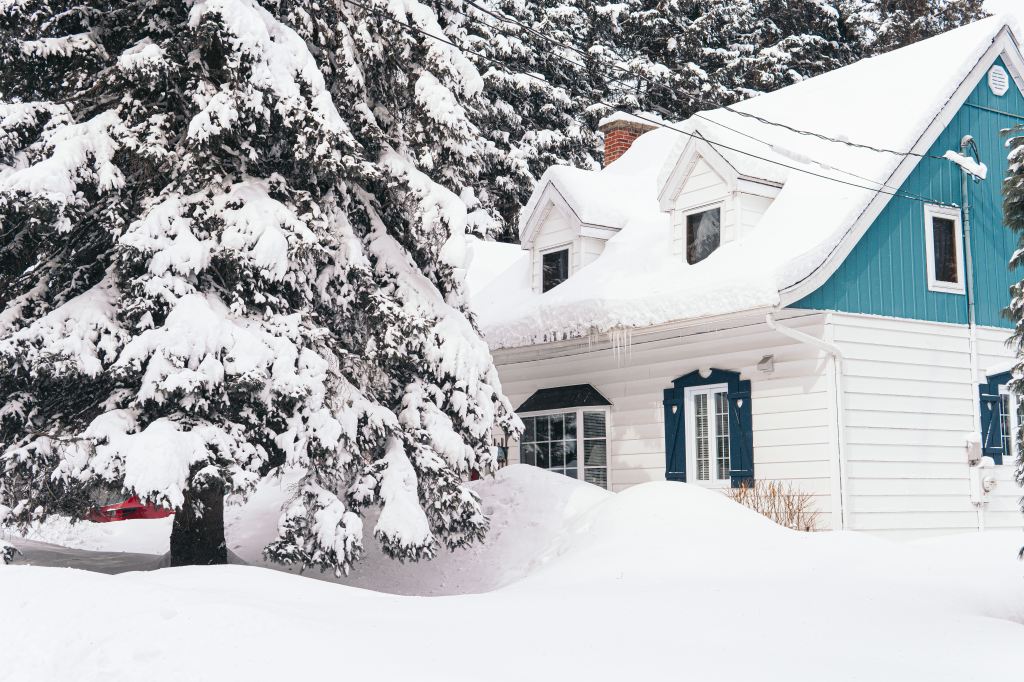
As the winter weather approaches, it’s important to ensure that any home is prepared to withstand the winter weather. However, if you have a vacant home or a home that you don’t occupy in the winter, weatherproofing becomes even more important. You’ll want to take the necessary precautions to ensure that your home can withstand the winter weather – especially if you won’t be there to actively spot any problems that arise.
Read on as we discuss how to properly and safely winterize your home, plus additional steps that you should take if you plan to leave your home vacant in the cold season.
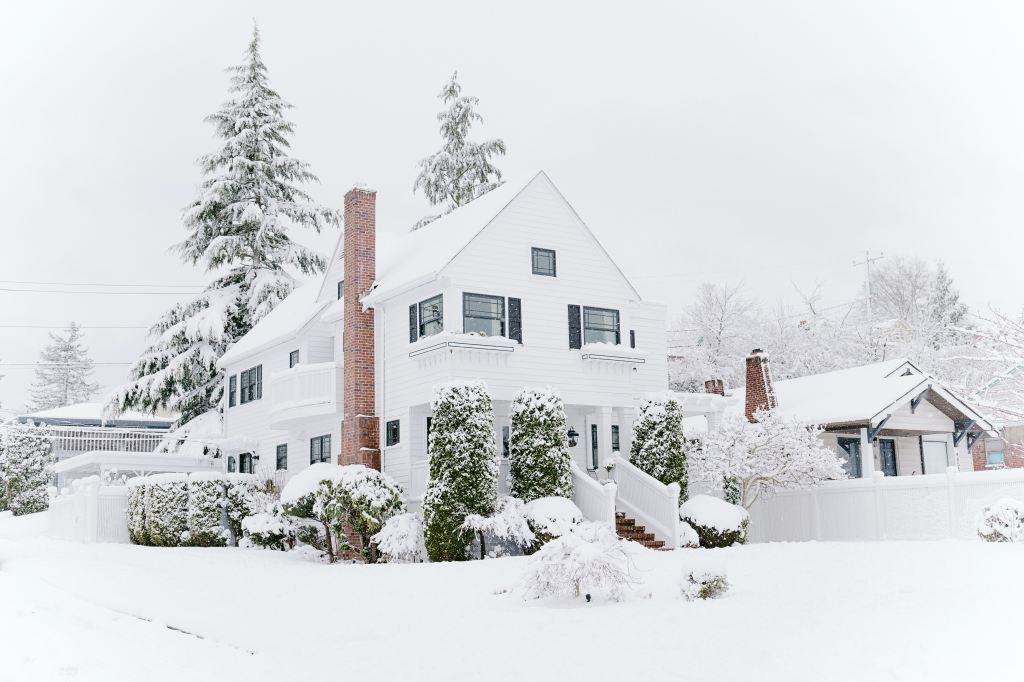
What Is Winterization of a Vacant House?
Winterization of a vacant house involves taking steps to prepare the home to avoid damage during the cold season and protect it from any winter storm that arises. You might turn off the water to avoid burst pipes, insulate your attic, install storm windows or weatherproof your windows and doors, check your plumbing systems to ensure they are ready for an extended period of cold weather, inspect your heating system, and more.
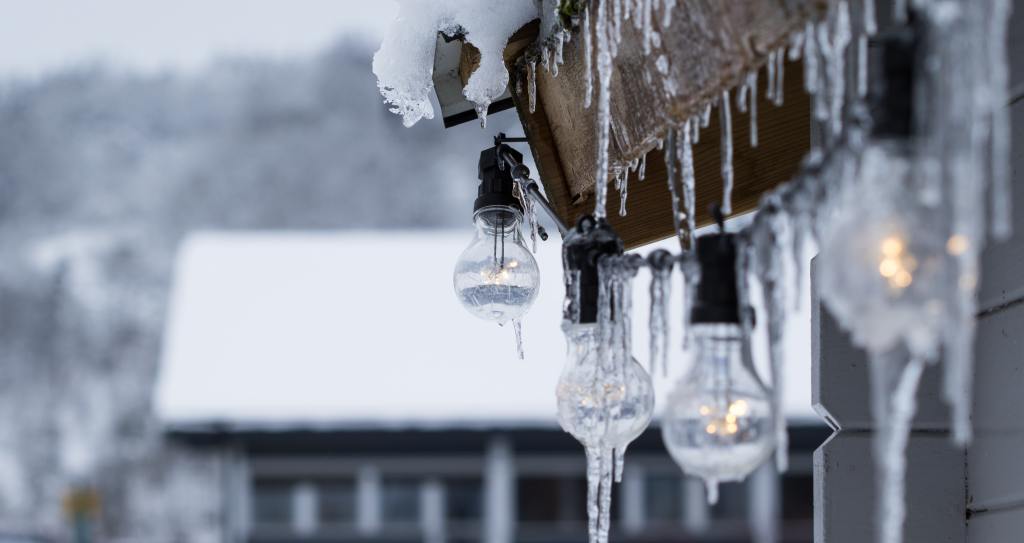
10 Steps to Safely Winterize a House
As winter approaches, here are ten steps you can take to effectively winterize your home.
Prepare Your Plumbing
A common winter problem is burst pipes, which can be brought on by extreme winter weather and bring about costly water damage.
Some areas may require that your house has insulation to protect pipes from the cold weather. You can also use sensors, which will detect any problems that arise with your pipes. Be sure to drain and disconnect any hoses on the exterior of your house. Many homes also use automatic water shutoff valves.
If you won’t be home for the entire winter, be sure to turn your water supply off to avoid this problem altogether. A remote water shutoff valve may come in handy if you can’t turn off the water in person.
Clean the Gutters & Roof
Your roof and gutters may be covered up with leaves, sticks, and other debris. Be sure to clear them before the first snowfall to avoid issues, such as a buildup of ice and snow called an “ice dam.” Besides clearing everything off at the beginning of the winter season, you’ll want to check periodically throughout the winter to ensure that everything related to your roof and gutters is in tip top shape.
Insulate Your Attic
Insulating the floor of your attic is an alternate way to prevent ice dams from forming on your roof. This also will help to keep your entire home warm. Before the winter season starts, examine your attic to check for any leaks and determine if you need new insulation to protect from freezing temperatures.
Service Your Heating System
Before freezing temperatures set in, you’ll want to have your heating system checked. Don’t wait until the winter starts, or you may find that your service professional is all booked up. A working HVAC is another way to help avoid frozen pipes during the winter.
Adjust Your Thermostat
You’ll want to keep the inside of your home warm as the freezing temperatures arrive. The heat should be turned on when it starts to get below 50 degrees Fahrenheit. If you are leaving your home vacant for an extended period of time in the winter, the heat should keep the house between 50 and 60 degrees Fahrenheit.
Call a Chimney Sweep
If you have a wood or gas fireplace, be sure to schedule an annual chimney inspection. This will help determine if any cleaning or repairs are needed before the winter months. Buildup of materials in the chimney can pose a hazard. You’ll also want to clean out any animal nests that have built up in the area. If you are leaving your home vacant, close the chimney flue and your hearth doors to avoid cold drafts.
Inspect for Drafts
As the cold weather sets in, walk around your home and inspect for any cold air leakage or drafts. Check especially around the windows and doors. You can seal cracks with caulk or use weather stripping around doors and window frames.
Keep Rodents and Pests Away
Rodents are a common household problem, and they can be especially bad in the winter months. Be sure to seal off any holes and weather strip the doors and windows to prevent them from entering. If you have upholstered furniture in your garage or on your patio, be sure to bring it inside – rodents love to nest in these areas. If you will be leaving a house vacant, be sure to remove food from your pantry to avoid attracting these pesky visitors.
Move Your Plants
Bring your outdoor potted plants inside during the fall and winter season if you want to preserve them for next year. If you won’t be home, bring your houseplants with you so that you can care for them.
Install and Update Monitoring Devices
Devices such as water-leak sensors and automatic water shutoff valves to turn off the water supply can save your home from damage in the winter months, such as damage caused by frozen pipes. Be sure to inspect them and make sure that these devices are all in working order, especially if your home will be vacant in the winter.
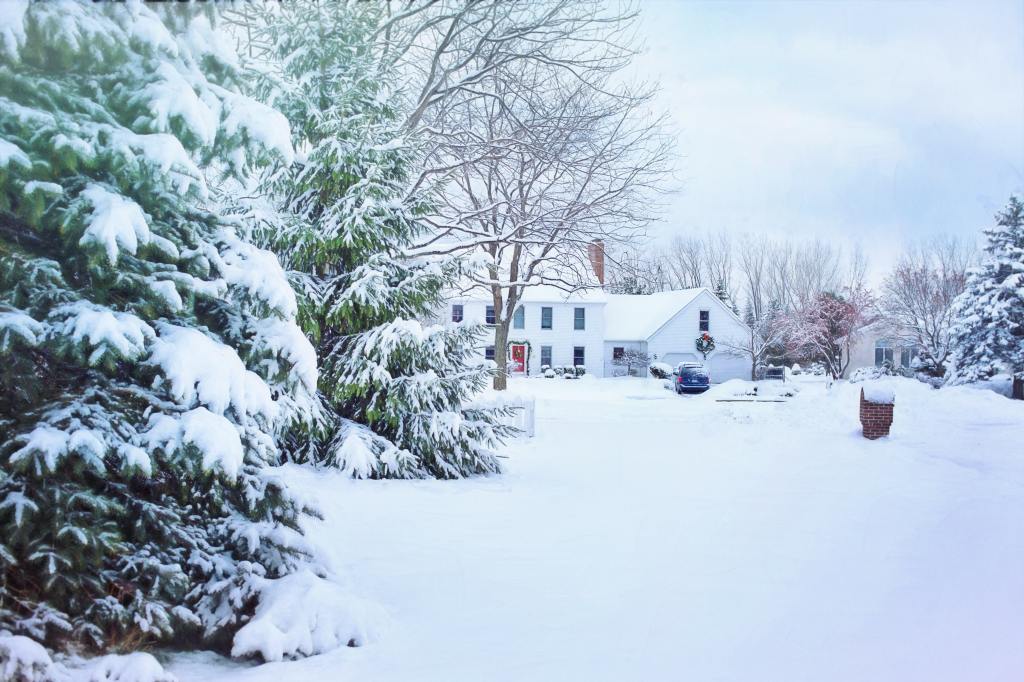
Miscellaneous Preparation Tasks
As you prepare for the winter months, there are some other tasks you may want to complete that will help you prepare for the winter. Read on to learn more about each of these important steps!
Check for pest infestation
Inspect your home to see if there are any infestations of pests, and be sure to take care of them before the winter months set in. You can hire a professional pest company to help you deal with the issue directly.
Secure the property
If you plan to leave your home vacant in any season, securing your property is a must! Check the locks for the doors to ensure they are all working properly. You should also consider installing a security system, so that you can be notified of any activity while you are away.
Arrange for snow removal
If you won’t be physically present at your home to do this task yourself, you’ll need to make arrangements for snow removal, especially from your roof and gutters. You may want to hire this task out to a professional company, who can inspect your home after each snowfall and clear out the roof and paths to the house.

Periodic Maintenance
You’ll want to make sure that you check your property and perform periodic maintenance tasks during the winter season. Here are a few things you should do during the winter.
Check on the property periodically
During the winter, it’s important to occasionally inspect the property for any issues that arise. If you can’t drop in yourself, ask a neighbor or hire a friend to inspect the property occasionally, both inside and out, for issues such as burst pipes and ice damming on the roof.
Remove snow buildup from the roof
If you are in a cold region where the snow lays for a long time, you may want to stop by your vacant home to remove snow buildup from the roof. You can also hire out this task if you can’t do it yourself.
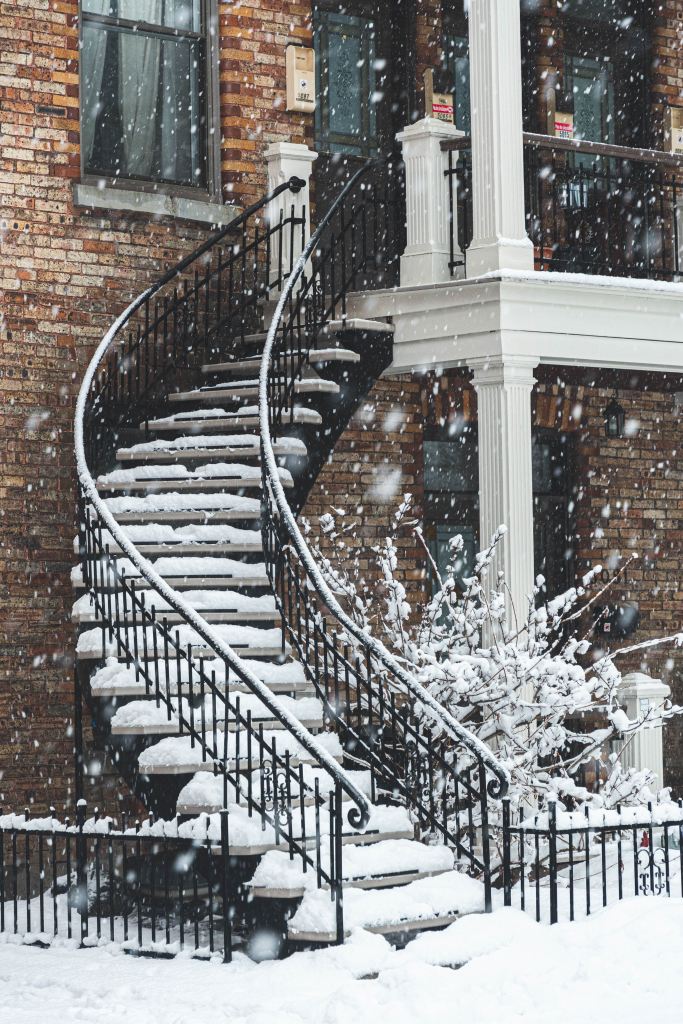
Preparing for the Spring
As spring approaches, you should check in on your property once again. Turn the water supply back on and check for any leaks or damage. Turn the thermostat back up and reconnect any appliances or devices that were disconnected for the winter. You’ll also want to clean up the property, on the inside and out, as you prepare for a warmer season.
FAQs
How do you winterize pipes in a vacant house?
You can install insulation to protect your pipes from colder temperatures. Another option is to turn your water off, using a remote shutoff valve if you have one, to ensure that pipes can’t burst while the property is vacant.
What should you do with a vacant house during a freeze?
Be sure to keep your thermostat on and don’t let the temperatures in the house drop too low. You should also turn your water supply off to protect your pipes.
Should you leave the heat on in an empty house during the winter?
Yes, you should leave your heat on at a low temperature, even if the house will be empty. Between 50 and 60 degrees Fahrenheit is a safe temperature.
Sources
https://realestate.usnews.com/real-estate/articles/how-to-winterize-a-house
